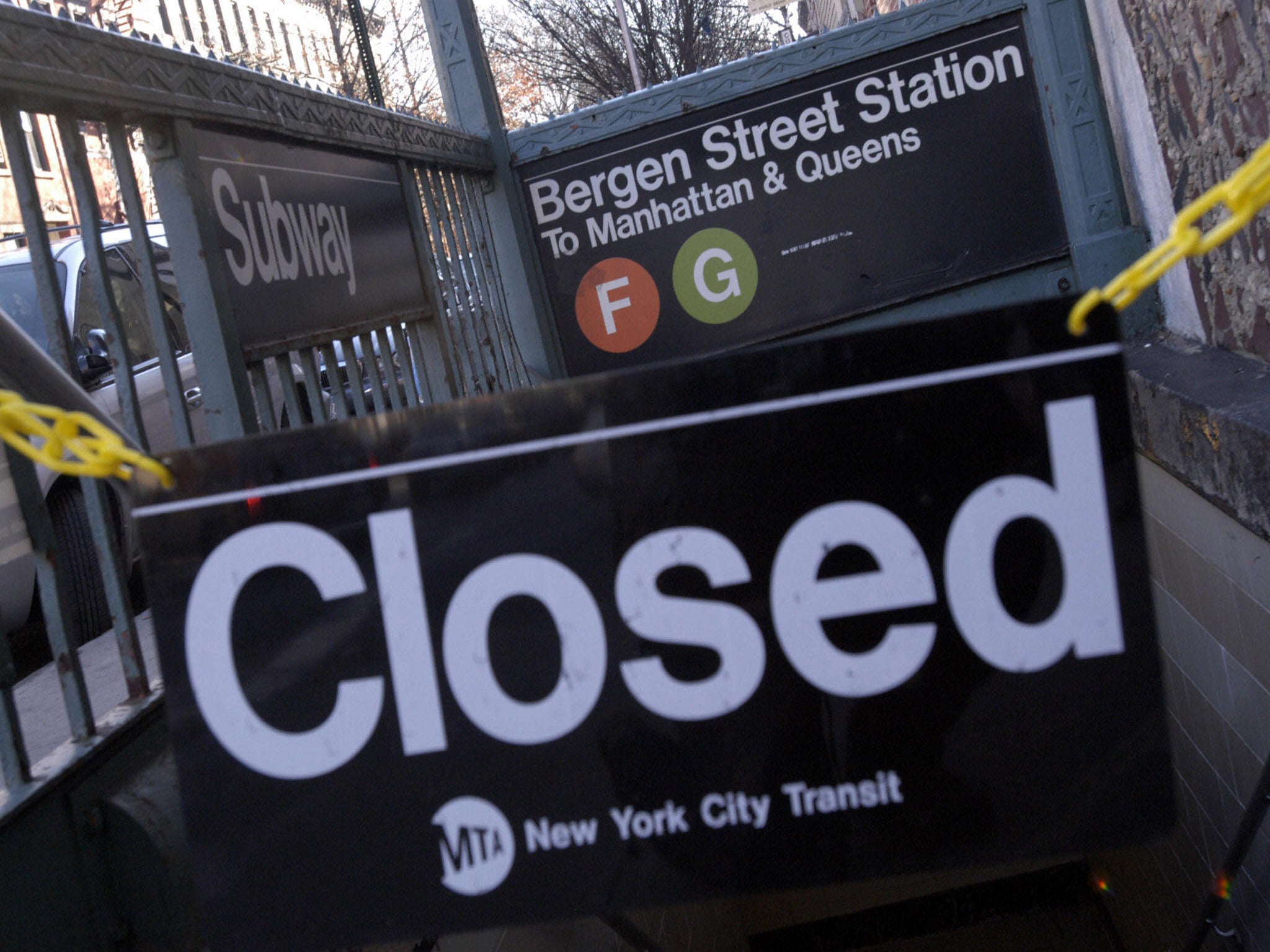Germaphobes look away: Researchers map pathogens on the New York subway
Found bubonic plague and other dangerous bacteria in the metro

Your support helps us to tell the story
From reproductive rights to climate change to Big Tech, The Independent is on the ground when the story is developing. Whether it's investigating the financials of Elon Musk's pro-Trump PAC or producing our latest documentary, 'The A Word', which shines a light on the American women fighting for reproductive rights, we know how important it is to parse out the facts from the messaging.
At such a critical moment in US history, we need reporters on the ground. Your donation allows us to keep sending journalists to speak to both sides of the story.
The Independent is trusted by Americans across the entire political spectrum. And unlike many other quality news outlets, we choose not to lock Americans out of our reporting and analysis with paywalls. We believe quality journalism should be available to everyone, paid for by those who can afford it.
Your support makes all the difference.As if the New York City subway already wasn’t gross enough, scientists have found a way to make it even more cringe-inducing.
An in-depth piece by the Wall Street Journal documents an 18-month study done by researchers at Weill Cornell Medical College in New York, in which they found the bacteria in all 466 open stations of the New York subway system.
Germaphobes should stop reading here.
The researchers found bacteria related to bubonic plague, meningitis, staph infections, tetanus and food poisoning in various amounts around the city’s metro stations. They also found beneficial bacteria, such as those that break down oil and other waste.
In all, the study turned up 562 species of bacteria in the subway, though researchers say most of it is harmless and poses no public health risk. To get samples of the bacteria, the researchers swabbed stair rails, benches, turnstiles and subway poles.
Not surprisingly, the busiest subway stations were host to the most unique bacteria and both the Grand Central-42 Street, 128 unique bacteria, and Times Square-42 Street, 114 unique bacteria, stations were among the most bacteria-ridden stops.
The study was done as an effort to discover novel ways to track diseases and outbreaks, and scientists hope this is a step in that direction. The data from the study can be found here, though it’s more fun to look at this interactive graphic, courtesy of the Journal.
Follow Payton Guion on Twitter @PaytonGuion.
Join our commenting forum
Join thought-provoking conversations, follow other Independent readers and see their replies
Comments